WEB OF EUROPE – BRUSSELS / BUDAPEST
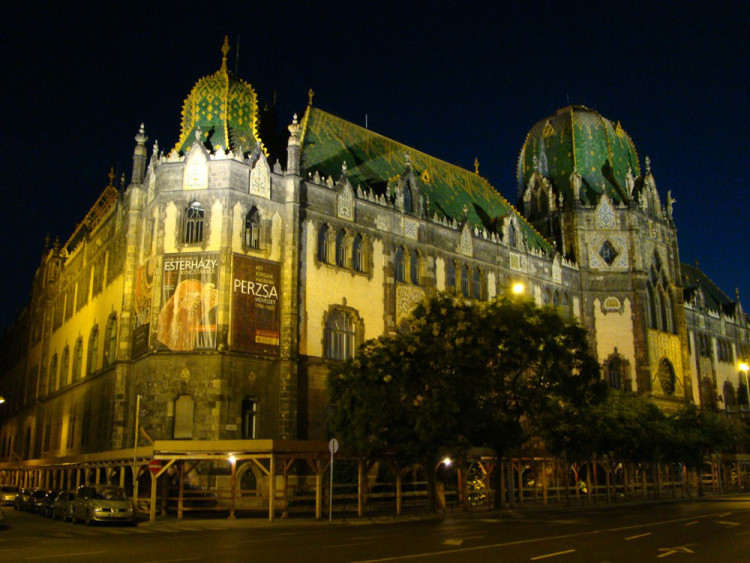

Contemporary Paraphrases of an eighteenth-Century Brussel’s Tapestry
Curatated by Ildikó Dobrányi Foundation in conjunction with the Hungarian Cultural Institute in Brussels
www.webofeurope.eu – www.dobranyifoundation.hu
Download: PROJECT THE WEB OF EUROPE
Brussels
Musées Royaux d’Art et d’ Histoire
20 May 2011- 14 august 2011
Budapest
Museum of Applied Arts
October 13 – November 27, 2011
.-.-.-.
Text by Vittoria Biasi – translated by Salvatore Rollo. All Texts are 1F mediaproject copyright. All Rights Reserved.
“Web of Europe” is a project of cooperation among world-famous artists, involved to sensitize public awareness of art tapestry preservation issue and its heritage saved up by most important collectors like Vatican Museums! The artist IBOLYA HEGGYI, exhibition editress, shifted the project into web world, in order to create a fusion between the tapestry traditional technique and global advanced technologies, beginning from the similitude between the computer and the weaving art as well. In different languages the latest has not yet an identification word. Ibolya Hegyi titles her contribution “Metaporphoses” for a double reason. The first one is referring to the capability of art to use any media to express its own idea. The second is linked to its own nature. Ibolya Hegyi proposed to each artist who represents every nation in European Community, to virtually rework a small section of Brussels Tapestry Mercury Hands over the Infant Bacchus to the Nymphs, saved by Budapest Museum of Applied Arts. The concept of metamorphose got its origins from William Morris’s works which have affected art and social thought. This project was launched by Budapest-based Ildikò Dobranyi Foundation and Brussels Hungarian Cultural Institute.
Ildikò Dobranyi (1948-2007) is a very important figure for the history of Hungarian tapestry. She is the foundress of the Hungarian Tapestry Artist Association that when she died became a Foundation with the aim to defend the value of this art.
This project has been proposed at Brussels Musées Royaux d’art et d’Histoire (May 20 – August 14, 2011) and later at Budapest Museum of Apllied Arts starting October 13 ending November 27, 2011.
The exhibition has been on display during Hungarian Chairmanship of European Union: the first six months of 2011. Following Brussels Muséess Royaux d’Art et d’Histoire it will be on display at Budapest Museum of Applied Arts.
This Museum in Budapest is an Art Nouveau building, with Islamic and Hindu architectural decorations and white and bright inner spaces. It was built during the period 1893-1896 by Odon Lechner and Gyula Partos project.
Maria Almanza (Belgium), Wanda Balogh (Hungary), Anet Brusgaard (Denmark), Nora Chalmet (Belgium), Paola Cicuttini (Belgium), Gabriela Cristu Sgarbura (Romania), Muriel Crochet (France), Thomas Cronenberg (Germany), Adél Czeglédi (Hungary), Wlodzimierz Czygan (Poland), Emese Csokas (Hungary), Ariadna Donner (Finland), Emoke (France), Martine Ghuys (Belgium), Peter Horn (Germany), Anne Jackson (Great Britain), Feliksas Jakubauskas (Lithuania), Aino Kajaniemi (Finland), Ieva Krumina (Latvia), Maria Kirkova Tzanova (Bulgaria), Federica Luzzi (Italy), Andrea Milde (Spain), Susan Mowatt (Great Britain), Judit Nagy (Hungary), Sarah Perret (France), Renata Rozsivalova (Czech Republic), Gizella Solti (Hungary) are the 27 artists. Their oeuvres close by creative renditions and virtual renovations, weave a new light on tapestry; they represent the lifeblood of interpretation and just as a window opens the myth to be read anew.
Vittoria Biasi – Art historian, critic and curator of international exhibition
into English by Salvatore Rollo
.-.-.-.-.
Testo di Vittoria Biasi – Copyright 1F mediaproject.
“Web of Europa” è un progetto di collaborazione tra artisti di fama mondiale, impegnati nella sensibilizzazione al problema di conservazione dell’arte dell’arazzo e del e sul patrimonio degli arazzi, raccolti nelle più importanti collezioni, come quella dei Musei Vaticani! L’artista IBOLYA HEGYI, curatrice della mostra, ha spostato il progetto nel mondo del web, al fine di realizzare una fusione tra la conoscenza delle tradizionali tecniche degli arazzi con il mondo tecnologico, partendo anche dalla similitudine tra la computer-art e l’arte tessile. Questa ultima non ha ancora un termine di identificazione nelle varie lingue. Ibolya Hegyi intitola il suo contributo “Metamorphoes” per un duplice motivo. Il primo fa riferimento alla capacità dell’arte di utilizzare qualunque media per esprimere il proprio pensiero. Il secondo è legato alla natura del progetto. L’artista ha proposto ad ogni artista, rappresentante in questo caso di ogni stato della comunità europea, la rielaborazione Virtuale di una piccola sezione dell’arazzo di Brussels Mercury Hands over the Infant Bacchus to the Nymphs, conservato nel museo delle Arti Aplicate di Budapest. Il concetto di metamorfosi ha le sue orogoni nell’opera di William Morris, che ha influenzato l’arte e il pensiero sociale. This project was launched by the Budapest-based Ildikó Dobrányi Foundation in conjunction with the Hungarian Cultural Institute in Brussels.
Ildikó Dobrányi è una figura molto importante nella storia dell’arazzo ungherese, è la fondatrice dell’associazione of Hungarian Teapestry Artists, che alla sua morte (1948-2007) è divenuta Fondazione, con l’intento di difendere il valore di questa arte.
Il progetto sarà proposto al Musées Royaux d’Art et d’Histoire di Brussels dal 20 maggio fino al 14 agosto 2011 e, in autunno 2011, al Museum of Applied Arts di Budapest dal 13 ottobre, fino al 27 novembre 2011.
La mostra è stata proposta for the period of Hungary’s presidency of the European Union: for the first six months of 2011. Dopo l’esposizione at the Musées Royaux d’Art et d’Histoire in Brussels, la mostra è presente at the Museum of Applied Arts in Budapest.
The Museum of Applied Arts in Budapest è un edificio in stile Art Nouveau, con spazi interni bianchi e luminosi, con motivi architettonici islamici e indù. E’ stato costruito tra il 1893 e il 1896 su progetto di Ödön Lechner e Gyula Partos.
Le opere dei 27 artisti: Maria Almanza (Belgium), Wanda Balogh (Hungary), Anet Brusgaard (Denmark), Nora Chalmet (Belgium), Paola Cicuttini (Belgium), Gabriela Cristu Sgarbura (Romania), Muriel Crochet (France), Thomas Cronenberg (Germany), Adél Czeglédi (Hungary), Włodzimierz Czygan (Poland), Emese Csókás (Hungary), Ariadna Donner (Finland), Emöke (France), Martine Ghuys (Belgium), Peter Horn (Germany), Anne Jackson (Great Britain), Feliksas Jakubauskas (Lithuania), Aino Kajaniemi (Finland), Ieva Krumina (Latvia), Maria Kirkova Tzanova (Bulgaria), Federica Luzzi (Italy), Andrea Milde (Spain), Susan Mowatt (Great Britain), Judit Nagy (Hungary), Sarah Perret (France), Renata Rozsivalova (Czech Republic), e Gizella Solti (Hungary), posati in corrispondenza di virtuali restuari e interpretazioni creative, intessono sull’arazzo una nuova luce, rappresentano la funzione vitale dell’interpretazione, che come una finestra, apre il mito a nuove letture.
Vittoria Biasi – Storica dell’arte, critico e curatrice internazionale
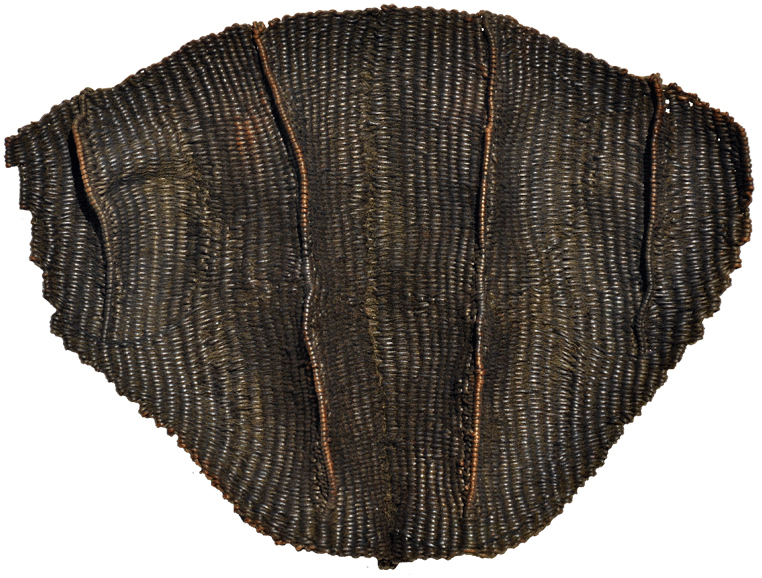
Position the cursor on the images to view captions, click on images to enlarge them.
Posizionare il cursore sulle immagini per leggere le didascalie; cliccare sulle immagini per ingrandirle.


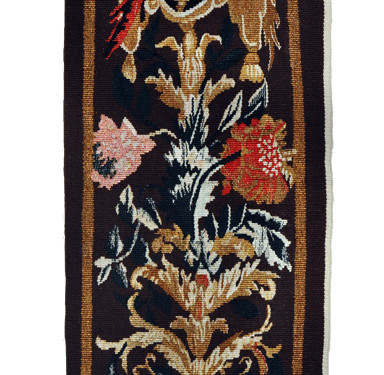

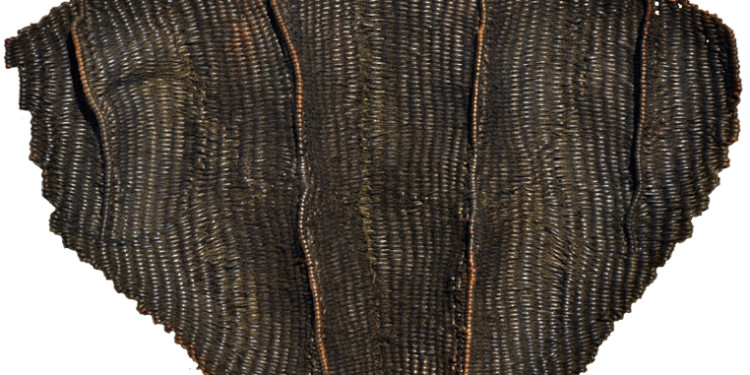

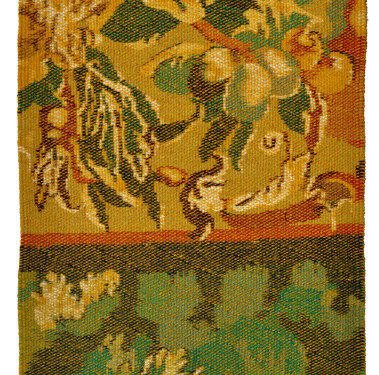
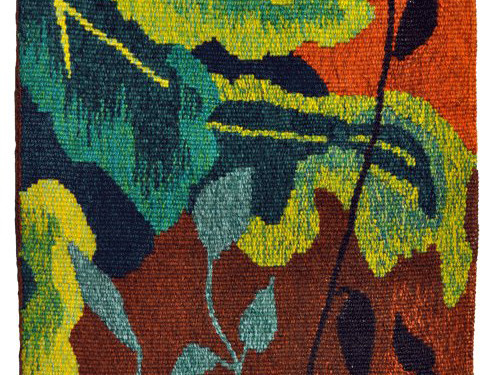
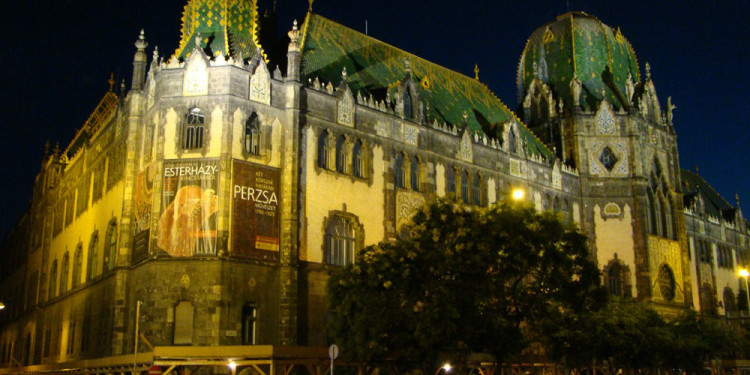
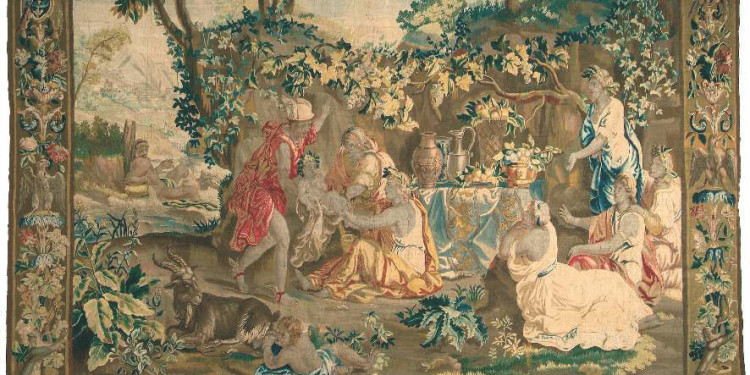
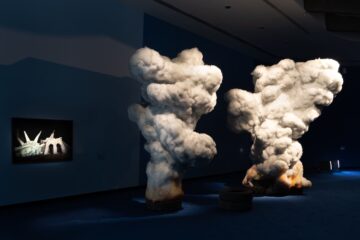

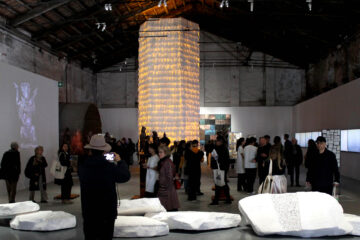
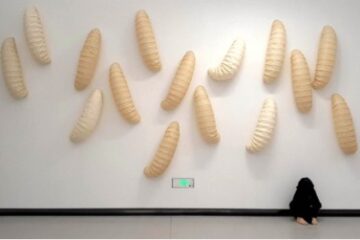

No Comment